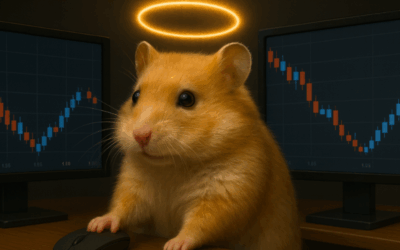The Run & Jump Trade. Plus – Trading Increased Market Sensitivity to Data
Two videos in this post – both from Axia Futures Both highlighting the effectiveness of the Jigsaw platform & the trading styles we teach on the Jigsaw Institutional Course.
The first is the “Run & Jump” – a breakout trade. The actual level itself is pretty simple, we can all see levels that hold but how do we refine the entry, set the price and hold onto the trade?
Richard shows us how to plan your price ladder execution for a particular trade setup by considering the different possible outcomes. Practicing this process when planing your trades helps to ensure that you know how to react in different scenarios and are never left not knowing what to do. Here we see a setup for a bullish continuation that was based on a possible break of a multiple poor highs. The first bit of confirming evidence came after a dip down followed by a bid back up and reentry into the prior consolidation range. Richard then moves over to the price ladder using the Jigsaw replay tool to show how size built up on the bid and continued to absorb any selling. We then observe how the market pushed back into the consolidation range and held a bid that continued to reload. Profit on this trade could then be taken after a sudden jump up through the top of the range or as soon a large offer of 460 lots appeared on the offer by front-running exit orders ahead of it.
The second trade discusses the fact that sometimes the markets aren’t bothered about the news and sometimes they overreact. Richard leads this price ladder trading stream on the importance of recognizing how much attention markets are giving to news and economic data points before trading them. In this example Richard shows how market sensitivity to economic data had increased after the big miss in German PMIs. This heightened sensitivity carried through to the next figure which was the German IFO figure. Watching the replay of reactions in the Bund, EURUSD, Eurostoxx and Dax should how market correlation and volatility was influenced and gave an opportunity to sell the Dax after an exhaustion to the upside.
FREE BONUS: Take a look into the decision-making process of professional traders with this video training series that helps you make smarter trading decisions.




0 Comments